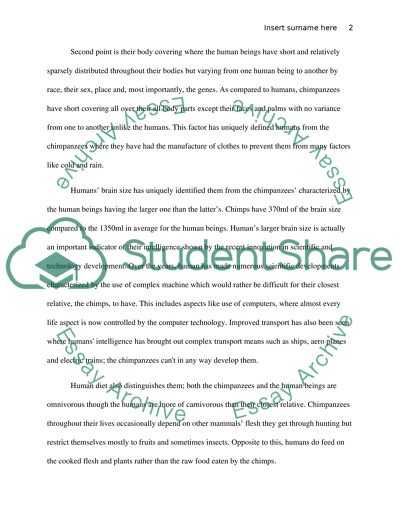Cite this document
(“Human - Interpretation, compare and contrast, fossil record, hominin Essay”, n.d.)
Retrieved from https://studentshare.org/anthropology/1461444-human-interpretation-compare-and-contrast-fossil
Retrieved from https://studentshare.org/anthropology/1461444-human-interpretation-compare-and-contrast-fossil
(Human - Interpretation, Compare and Contrast, Fossil Record, Hominin Essay)
https://studentshare.org/anthropology/1461444-human-interpretation-compare-and-contrast-fossil.
https://studentshare.org/anthropology/1461444-human-interpretation-compare-and-contrast-fossil.
“Human - Interpretation, Compare and Contrast, Fossil Record, Hominin Essay”, n.d. https://studentshare.org/anthropology/1461444-human-interpretation-compare-and-contrast-fossil.


